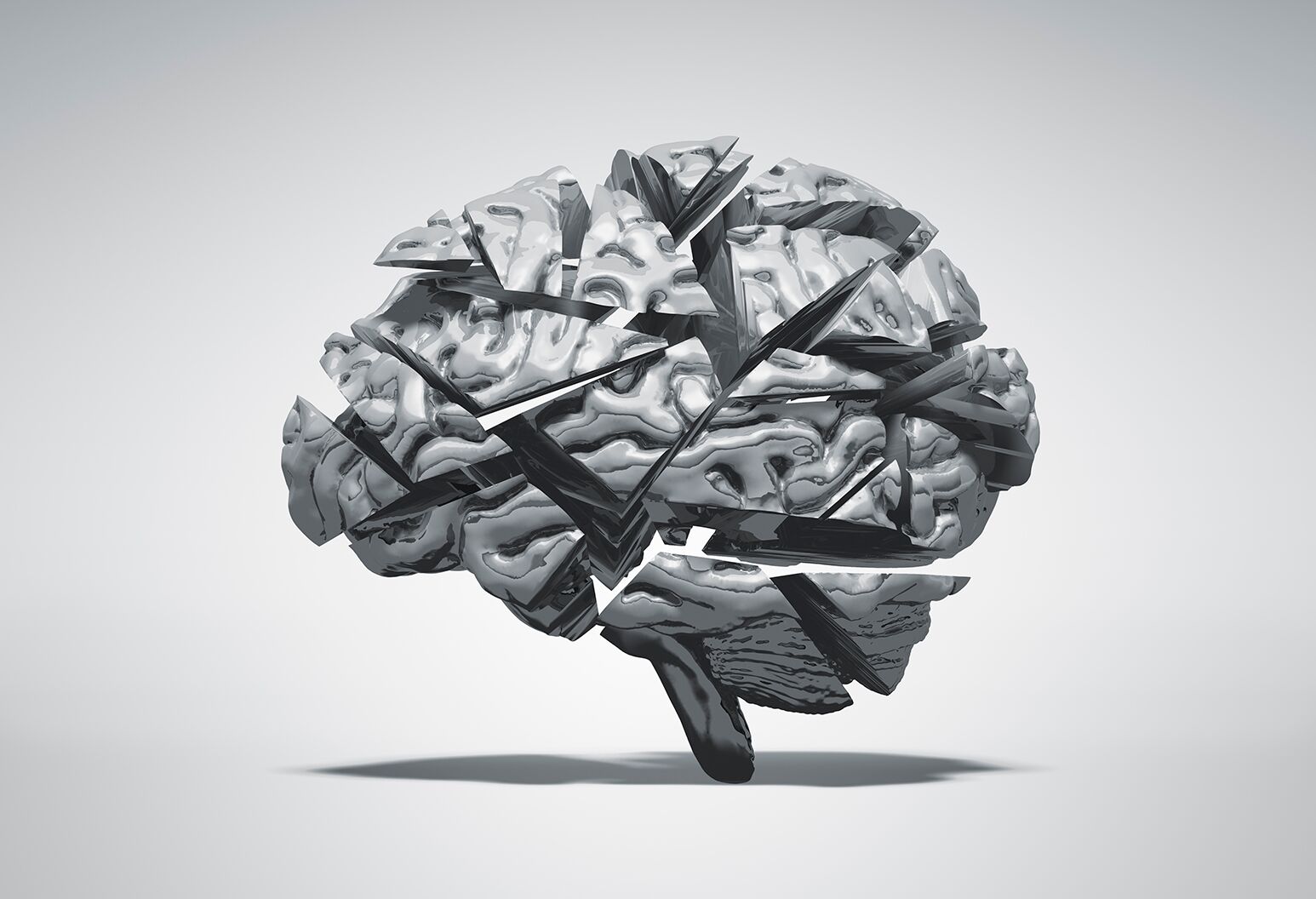brain/nerve health
How To Manage Migraines Without Meds

Doctors say “time is brain,” but what does that mean? An expert explains.
5 min read
When it comes to strokes, few phrases are more used by physicians than “time is brain.” But what exactly does that mean?
In essence, after a stroke, the more time passes, the more brain cells are lost. Unfortunately, more than 795,000 people in the United States suffer from strokes each year and it is a contributing factor to more serious long-term disabilities than any other disease. So time is truly of the essence—it could make the difference between a full recovery and brain damage, long-term disability, or even death.
For someone experiencing a stroke, the clock starts ticking the minute symptoms begin. Deprived of the blood and oxygen it needs to function, almost 2 million brain cells are destroyed with every minute that passes during a stroke.
“After a stroke, we need to revascularize, or get blood flow back to the brain,” explains Rafael A. Ortiz, MD, chief of neuro-endovascular surgery and interventional neuro-radiology at Northwell Health’s Lenox Hill Hospital. “The sooner, the better,” he adds. That’s because the more time passes before the vessels are opened back up, the worse the damage. That could mean anything from vision or speech deficits, to memory issues, to total paralysis on one side of the body.
Recognizing the symptoms of stroke is one of the best ways for patients to receive interventional care faster. Research says that patients who arrive at the emergency room within three hours of their first symptoms often have better outcomes than those whose care was delayed. Unfortunately, most people still don’t know how to recognize a stroke. According to the CDC, only 38% of respondents were aware of all the major symptoms and knew to call 911.
Here’s the 411: Stroke most often comes on abruptly, without any warning. Signs of a stroke include symptoms like:
Experts suggest you remember the phrase BE FAST to help if you think someone’s having a stroke. It stands for:
Face drooping: Ask the person to smile. Does one side of the face droop or is it numb? Is their smile lopsided or uneven?
Arm weakness: Ask the person to raise both arms. Is one arm weak or numb? Does one arm drop down?
Speech: Ask the person to repeat a simple sentence. Is their speech slurred or hard to understand? Are they unable to speak?
Time to call 911. If the answer to any of these questions is yes, call emergency services immediately and take note of what time the symptoms started.
The good news: The quicker the treatment, the better the chances of recovering function.
Ischemic stroke, which accounts for almost 90% of all strokes, is when blood vessels become narrow or blocked, causing severely reduced blood flow to the brain.
Less common is a hemorrhagic stroke, in which a blood vessel bursts and bleeds into the brain, compressing surrounding brain tissue and causing damage to brain cells.
If the stroke is ischemic, first-line treatment is administering a clot buster medication called alteplase IV r-tPA. This helps dissolve the blockage and restore blood flow to the brain—but, it must be done within 4.5 hours of symptoms appearing. After that window closes, Ortiz explains, the risks of bleeding triggered by use of the drug outweigh any of its potential benefits.
Additionally, if a clot is too large, r-tPA may not be able to dissolve it completely. In those cases, mechanical thrombectomy has been shown to dramatically improve the outcome and reduce long-term disability in stroke patients. This groundbreaking surgical procedure reopens the artery and can be done up to 24 hours after the first sign of stroke, says Ortiz.
If the stroke is hemorrhagic, doctors need to find the source of the bleeding (is it due to high blood pressure? The use of anticoagulant medications? Head trauma?), then control it depending on the cause. Treatment could involve keeping tabs on and lowering blood pressure, stopping any medicine that could cause bleeding, and/or measuring the pressure within the brain. Medicine or surgery may be used to relieve the pressure and repair blood vessels if necessary.
In both ischemic and hemorrhagic strokes, getting to a hospital with a comprehensive stroke care team is critical. The Joint Commission and the American Heart Association/American Stroke Association certify certain medical centers with Gold Seals of Approval, which signifies that those centers are able to receive and treat the most complex stroke cases. This certification lets patients know these centers have specialists trained in all areas of stroke diagnosis and treatment, including critical care specialists, emergency medicine doctors, neuroradiologists, nurses, nurse practitioners, and more.
“There need to be multiple people in each specialty so there can be 24/7 coverage,” stresses Ortiz.
If you think someone’s having a stroke, call 911. Period, end of report. Do not try to drive them to the hospital yourself. “The emergency medical service team can assess your situation sooner, and will be able to get you to the hospital that’s best equipped to care for you, improving your chances for a full recovery” says Ortiz.
Subscribe here to receive alerts for all things coronavirus and more from The Well.
The Well is Northwell Health’s commitment to the future of health care. In this time of information overabundance, much of which is inaccurate, unhelpful, or even difficult to understand, Northwell Health is on a mission to make a difference as an honest, trusted, and caring partner. The site connects with consumers to provide them with personalized content that reduces their stress, makes them laugh, and ultimately feel more confident and capable on their healthcare journey.